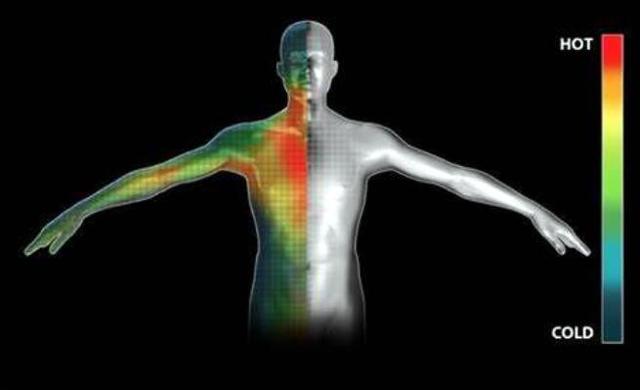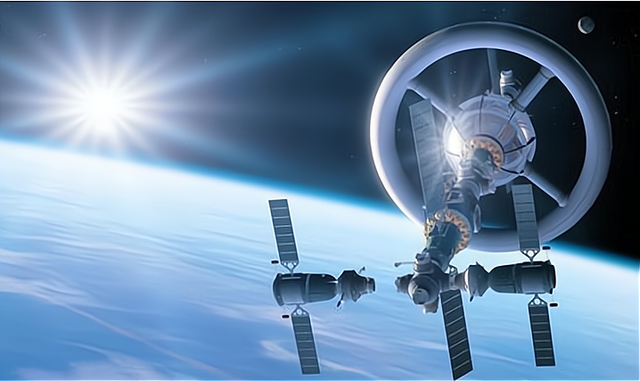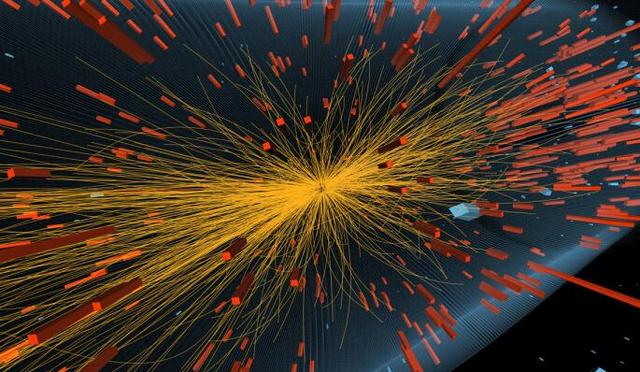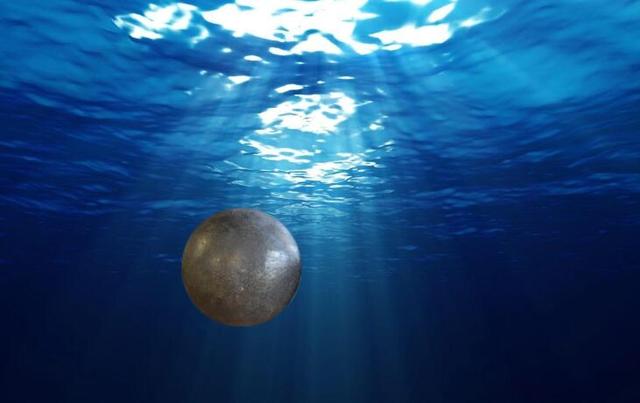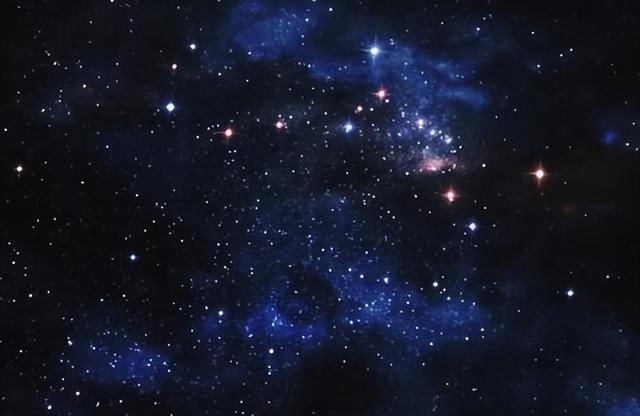The scientific community has long given a clear answer about the origin of man - he evolved from ancient apes in ancient times - yet one puzzling phenomenon is that modern man is no different from ancient man thousands of years ago, and does not seem to show signs of continued evolution. Why is this? Is it because humans have reached the limits of their evolution

This is because evolution is a subtle and gradual process that takes a long time for significant differences to appear, and since a few thousand years can be considered a short period of time compared to the millions of years of human evolutionary history, it is normal that we do not see any significant differences between modern and ancient man.
It is important to note that the absence of obvious differences does not mean that there are no differences. Research has shown that human evolution has never stopped in days gone by and still does to this day, and here are five signs that humans are witnessing their own evolution.
Humans are losing their wisdom teeth

Wisdom teeth, the third human molar, were of great help to humans in ancient times, but they are arguably useless to modern humans. Compared to ancient man, the modern jaw has shrunk considerably (because of the increased brain capacity) and there is little room for wisdom teeth to grow, which is why many people feel very uncomfortable during the period when they are erupting.
However, not everyone suffers from this problem. Statistics show that about a third of humans do not grow wisdom teeth today, and researchers speculate that over time, more and more people will stop growing wisdom teeth.
The human brain is decreasing in size

In general, the progressive increase in brain size has been an important marker in human evolution, but scientists have found that the human brain has not always increased in size.
The scientific community is currently inconclusive as to the cause of this phenomenon, with some suggesting that it is because the connections in the human brain's nervous system have evolved to become more efficient, allowing the brain to work with a relatively small brain volume, thus reducing energy consumption.
Others believe that it is because the human brain does not need to process as much information as its ancestors did, and still others believe that it is because the proportion of meat consumed by humans has decreased dramatically following the advent of agriculture.
Human body temperature is decreasing
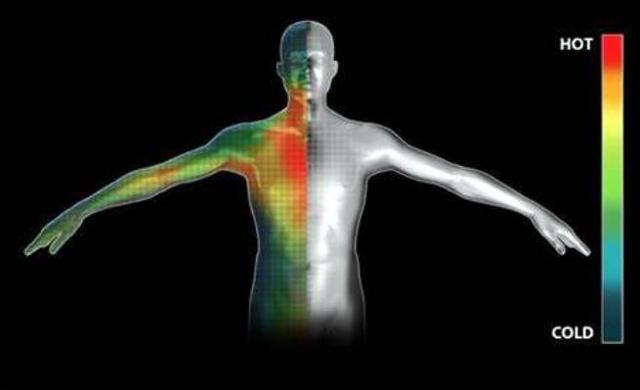
While in the 19th century the average human body temperature was around 37 degrees celsius and in the 20th century it was around 36.8 degrees celsius, in 2017 a body temperature statistic of 35,000 people showed that the average human body temperature was around 36.6 degrees celsius, although these figures are not comprehensive, they are enough to show that the human body temperature is decreasing.
Again, the scientific community has no definitive explanation for this phenomenon, although there are many who believe that it is most likely due to the fact that modern technology has allowed for a vastly improved variety of human living conditions, making it unnecessary for humans to expend extra energy to keep themselves at a higher body temperature.
More and more people are developing an extra artery
This artery, known as the "Median artery", normally appears only during embryonic development to supply blood to the developing forearm and hand, and disappears when it is fully developed, replaced by the "Ulnar artery" And the "Radial artery". The "Radial artery" Is replaced by the "Ulnar artery" And the "Radial artery".
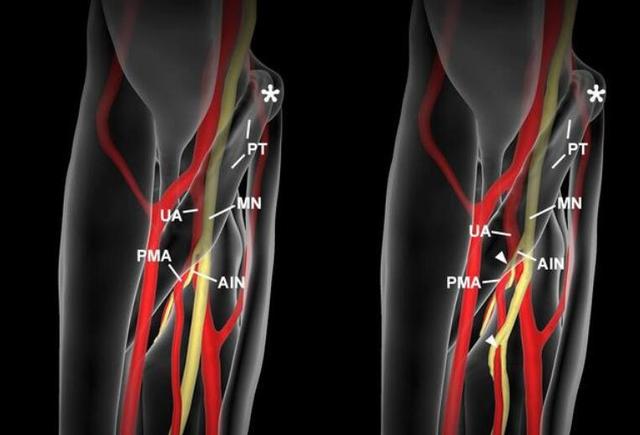
As early as the 1880s, scientists noted that about 10% of the population did not lose their "Median artery", and over time, more and more humans have this artery, with a study in 2020 showing that 33% of its subjects had the "Median artery". Median artery".
Researchers believe that this is a beneficial evolution, as the preserved 'median artery' provides an additional blood supply, which strengthens the human forearm and also makes the human hand less likely to fatigue.
Human evolution in specific environments
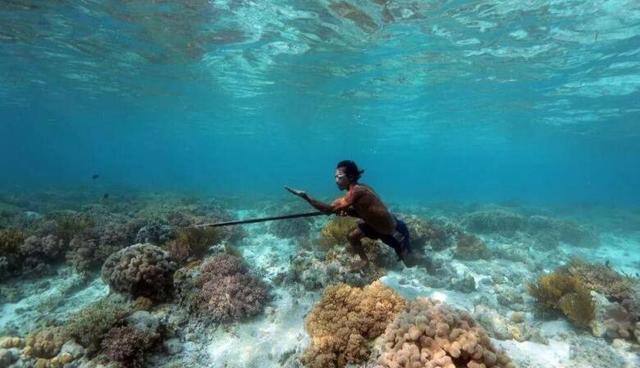
The bayao, who live in the waters around the malay archipelago, are constantly adrift in the ocean, living on wooden boats and making their living by fishing. Diving is an easy event for the bayao, who can hold their breath in the water for up to ten minutes (or more), and with just a little counterweight and a pair of goggles, they can dive up to 70 metres underwater and even walk on the ocean floor.
Studies have shown that one important reason why the bajau are so good at diving is that their spleen is about 50% larger than the average human, and a larger spleen would allow humans to store more oxygen in their blood while diving, thus dramatically increasing their breath-holding time.
The researchers believe that this is an example of humans evolving in a particular environment. In fact, there are many more examples of the same, for example, humans who live at high altitude all year round are able to use oxygen more fully than the average person, and humans who live inside the arctic circle all year round have a higher metabolic rate than the average person and are able to produce more heat to withstand the cold climate.
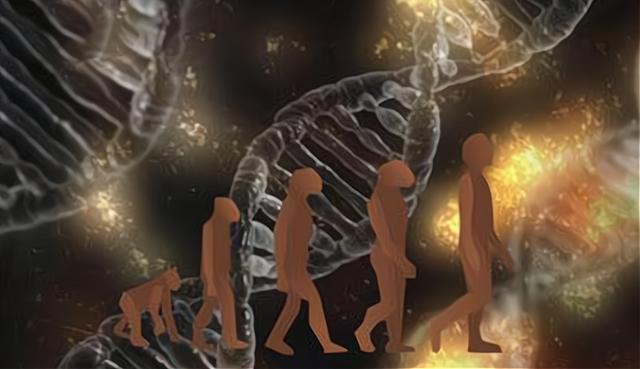
Evolution has been directed towards better adaptation to the environment and it is for this reason that the multitude of life on earth has been able to thrive and humans, as one of them, are certainly no exception. Although it is not obvious that humans have evolved over thousands of years, the situation is different if we stretch the time period, for example, humans 2 million years ago were significantly different from modern humans.
It is conceivable that as the process of human evolution continues, humans will likewise have changed significantly in 2 million years, so what will they look like then? Unfortunately, we do not have a time machine that can fly into the future, so the answer to this question is not known for the time being.

